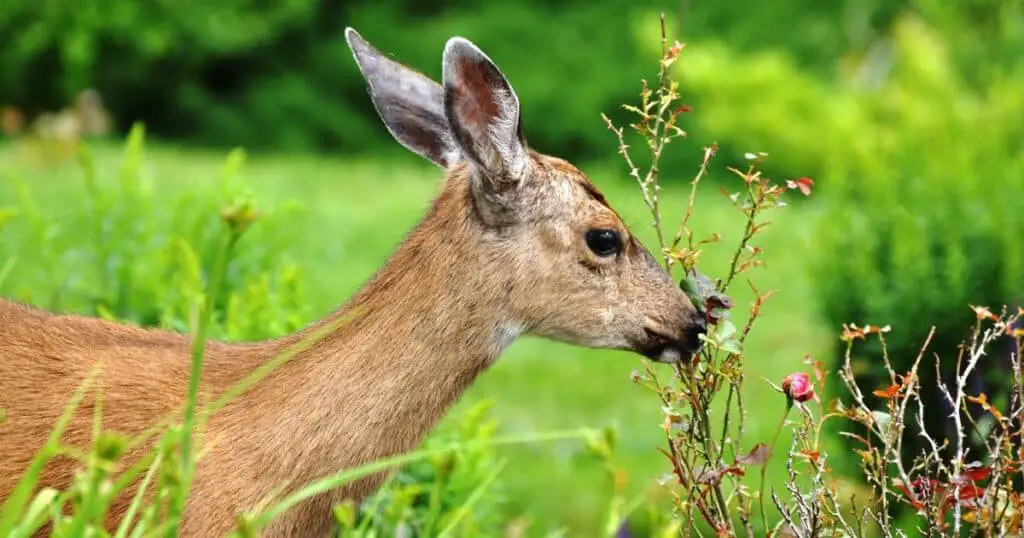Have you invested time and money in your garden? It’s time to stop deer from using your property as a tasty buffet! Let’s explore how to keep deer from eating plants in your garden, looking at tips that work, as well as general information on the costs of deer-proofing your yard and garden.
By the end of this article, you’ll have a clear sense of the best approach for your property and budget. Methods of repelling deer we’ll talk about include:
- Deer-repellent odors
- Install fencing
- Plant deer-resistant plants (or hedges)
- Frighten the deer
- Install a motion sensor
We’ll also discuss the cost of stopping deer from entering your garden.
Methods for Keeping Deer Out of Your Garden
There are many different methods you can use to stop deer from coming into your garden and eating your plants and vegetables.
Many homeowners decide to combine two or three methods to maximize their effectiveness. Let’s explore the most popular ways to keep deer out of your garden.
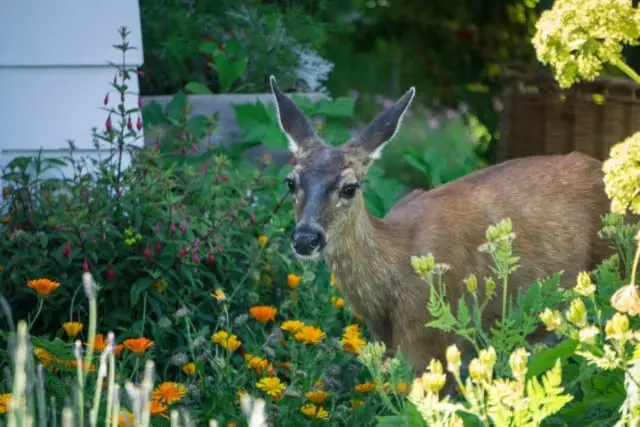
Use Deer-Repellent Odors
There are two main categories of scents you can use as deer repellants.
- Scents that trick deer into thinking they’re smelling a predator
- Scents that deer dislike and that interfere with their ability to smell other things
Scents that deer interpret as those of a predator will make them too afraid to approach your property. Scents that cervids dislike and impede their sense of smell make them too cautious to take the chance of entering your garden.
You can purchase already-made deer repellent sprays available on the market, or you can try a homemade deer-repellent mixture or spray.
There are plenty of different kinds of recipes that you can try.
One of them is a spray that smells like rotten eggs. You need raw eggs, cayenne pepper, yogurt or milk, and garlic cloves.
If you want something easier, try adding a heavy sprinkle of chili powder around your plants.
This strong smell is just the kind of thing that deer detest. It stops them from smelling potential danger.
Install Fencing
Of course, installing fencing is an effective way to keep out deer. This is the option that comes to mind first when you think about how to keep deer from eating plants in your garden.
It’s got to be at least eight feet tall. Remember, deer are high jumpers.
Go with double fencing if you want to make your fencing even more effective.
With double fencing, there is a space between your two layers of fencing. Deer hate feeling trapped, so they’re unlikely to jump over the first fence.
As well as general fencing around your property or gardens, you can fence in your plants individually.
You can also do individual plant fencing as a replacement for general fencing, but you will have to be careful to properly fence each plant.
Many homeowners use deer netting to protect their plants.
Plant Deer-Resistant Plants
Do you live in an area with a large deer population? How to keep deer from eating plants in your garden is one of the most important decisions you can make for your property.
Planting deer-resistant plants in your garden will help to protect the other plants on your property. Just make sure you plant these deer-resistant plants in a strategic way.
For example, you can surround vulnerable plants with deer-resistant plants.
There are many deer-resistant plants to choose from. We’ll talk about deer-resistant annuals and then perennials below.
Deer-Resistant Annuals
Here are some of the most popular deer-resistant annuals.
Wishbone Flower
The wishbone flower is a popular flower for helping keep deer out of your garden. This plant grows quite hardy flowers, and they should be fine even if you have extremely hot summers.
The wishbone flower is considered a bushy-type annual, and the flowers it produces have two colors and grow abundantly.

If you plant wishbone flower in your garden to repel deer, you can expect it to start blooming between the later parts of spring to the earliest part of summer.
The bloom should persist until the first frost. One of the reasons the wishbone flower is such a great deer repellent is how well it works as border flowers.
In other words, you can plant wishbone flowers on the borders of your flower beds, to help repel deer.
Persian Shield
It’s the texture of the Persian shield’s leaves that makes it so effective as a deer repellent. This means it may not be quite as useful as plants with scents that keep away deer.
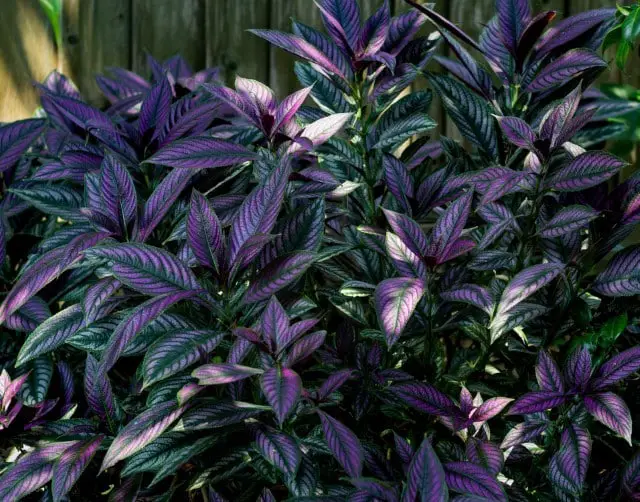
That’s why you should plant Persian shield along with another deer-resistant plant to make deer stay away from your property.
Caladiums
Caladiums are a popular choice because of how well they combine deer-resistance with beauty. This is a flexible choice, and it should be fine if you have to plant it in areas with partial or even full shade.
Caladiums feature unique heart-shaped leaves. This plant also produces different variations and colors.
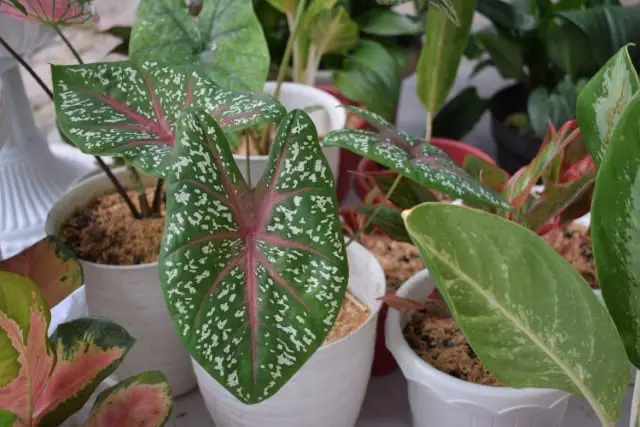
Spider Flower
Yet another plant with deer-repellent qualities is the spider flower. This flowering plant grows pink and other color flowers and can grow high, even as tall as five feet.
Choose the spider flower with the color you want for your garden. There are many varieties of spider flowers, so do your research as you plan.

Different spider flower varieties grow to different heights and have different flower colors and characteristics.
Ageratum
This is another lovely flowering plant that will help keep deer away from your property. The flowers of the ageratum have a unique look.
Many experts have described them as tiny “powder puffs.” These flowers have a soft and touchable texture.
There are different color varieties available, with a few examples being pale violet-blue and red.
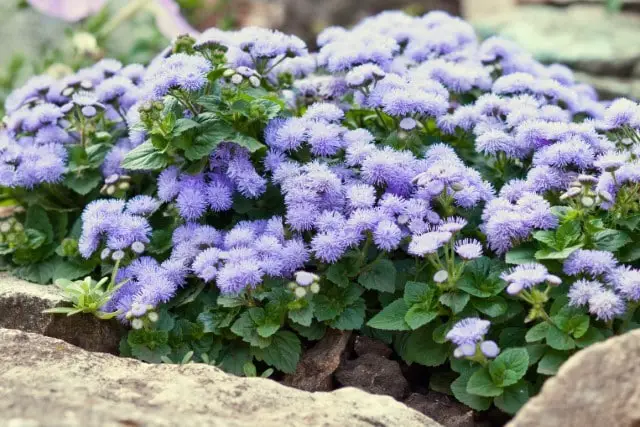
Sweet Alyssum
Yet another annual that helps keep deer way and comes in various colors is the sweet alyssum. You can find sweet alyssum varieties in pink, salmon pink, lavender, and purple.
Each flower in every cluster is tiny and delicate. Sweet alyssum helps create a “wildflower” look in your garden.
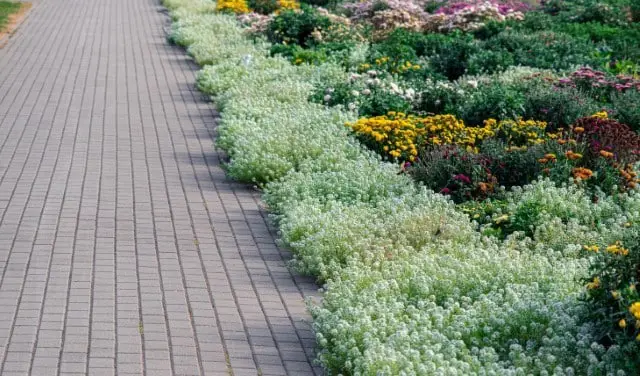
Lantana
The lantana is a deer-resistant plant with a strong odor that deer strongly dislike. This is especially true when you brush the lantana.
In fact, when you do this, you may find that the lantana’s scent offends you and your visitors.
Deer dislike the taste of lantana. This plant has quite attractive flowers. For example, you may have pink blooms.
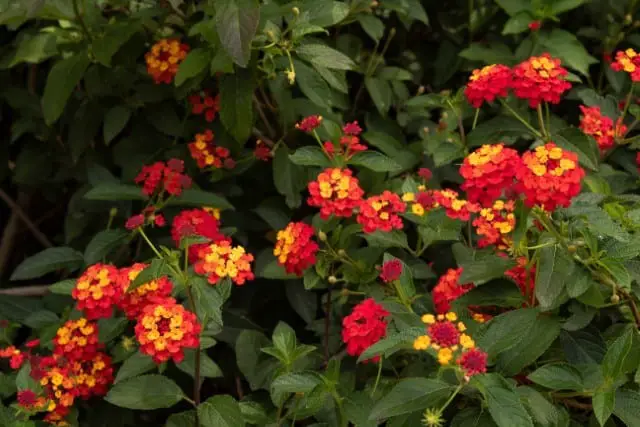
Snapdragons
Not only are snapdragons popular garden additions because of their beautiful appearance, but they are also deer-resistant.
There are many different snapdragon colors available, such as white, purple, pink, red, orange, and yellow. You can also find ones that are “bi-color,” meaning they are a mixture of more than one color.
You should plant snapdragons somewhere that gets between six and eight hours of direct sunlight each day.
Deer-Resistant Perennials
And here are a few of the most popular deer-resistant perennials.
Rose Campion
Rose campion is a lovely choice if you appreciate more of a vintage aesthetic.
Columbine
Columbines are a great addition if you live in a region with frequent drought. They are also deer-resistant, and they attract hummingbirds and butterflies.
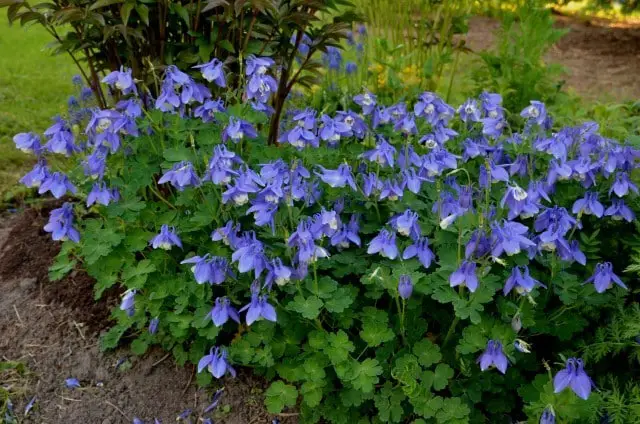
Peony
The strong peony fragrance makes them incredibly effective at keeping deer away.
Lavender
Again, deer dislike strong perfumes. That is why lavender will help repel them.
Frighten the Deer
Deer are instinctively alarmed by things that move in random ways. Even a windsock in your garden can alarm deer enough to make them hesitant to come on your property.
This by itself, however, probably won’t be as effective as combining it with other approaches.
Of course, having a dog that is active on your property is a great way to scare away deer. A large dog that tends to bark a lot will make deer much less likely to venture into your garden.
Install a Motion Sensor
There are plenty of devices with motion-activation features that can alarm deer and keep them away. For example, you can use a motion-activated light that comes on when deer come near.
While this won’t be enough on its own to repel deer, it’s a great addition to other methods.
The Costs of Stopping Deer from Entering Your Garden
The cost varies by the method, or methods, you use to repel deer. For obvious reasons, fencing tends to be the most expensive way of keeping deer off your property.
The cost of fencing can range from hundreds to thousands of dollars.
Planting several deer-repellent plants may also be quite costly, but this varies by which kinds of plants you choose.
When it comes to the devices, such as the motion-detection devices, the costs will vary.
For high-quality devices, you may expect to spend over $100. Some devices or device systems may cost significantly more than that.
Now You Know How to Keep Deer From Eating Plants
Clearly, there are several different approaches to keeping deer away from your garden. If you live in an area with large deer populations, start thinking about how you will repel deer now rather than later.
Leave things too late and you’ll probably end up with a raided garden!

